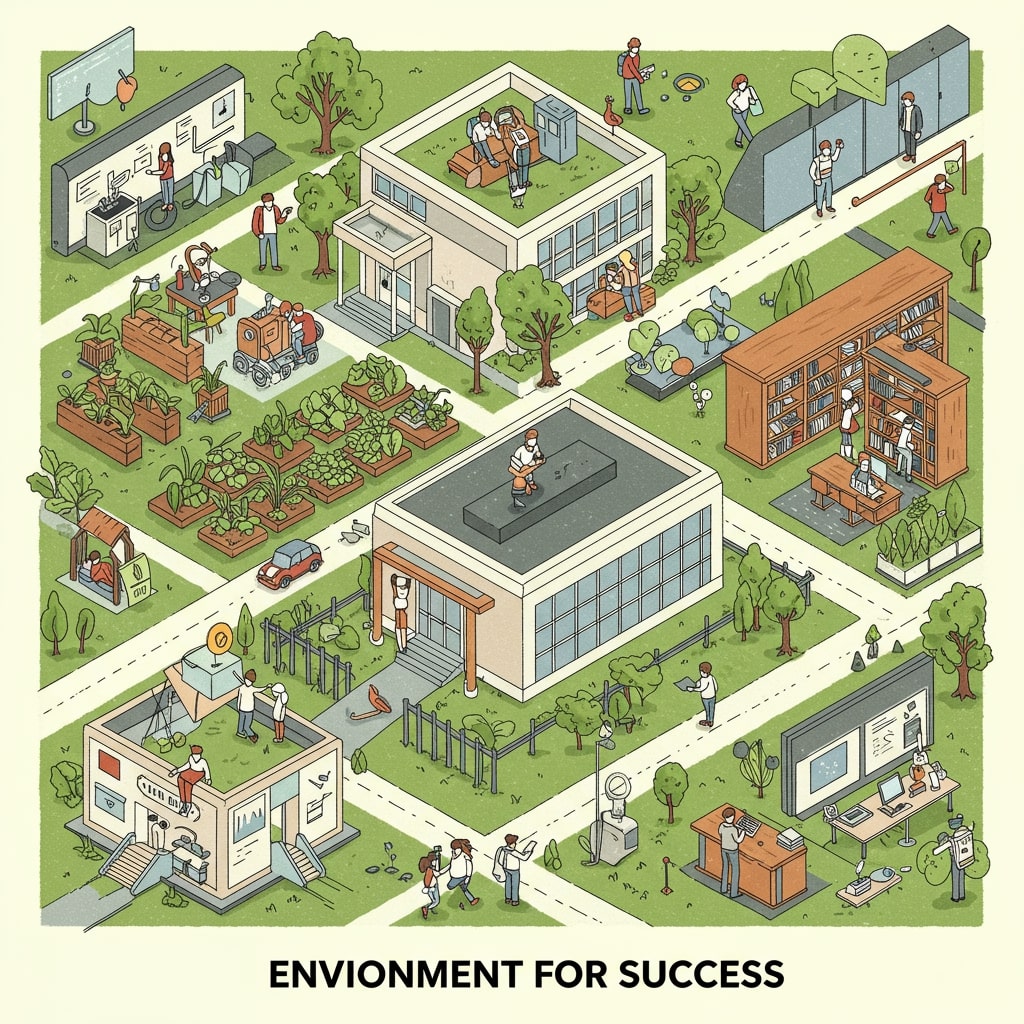Step 1: Understand the Science of Habits

Habits are automated behaviors shaped by repeated cues and rewards. According to a study in the European Journal of Social Psychology, forming a new habit takes an average of 66 days, though this can vary by individual and complexity. The habit loop consists of:
- Cue: A trigger that prompts the behavior, such as your morning alarm or the aroma of coffee.
- Routine: The action you wish to perform, like a short yoga flow or journaling session.
- Reward: The positive payoff that reinforces the behavior—feelings of calm, satisfaction, or accomplishment.
By dissecting existing routines, you can identify unhelpful loops and replace them with healthier patterns. Neuroscience shows these routines live in the basal ganglia, so consistency is key to rewiring these neural pathways.
Step 2: Define Empowering, Bite-Sized Goals
Grand ambitions are inspiring but can backfire if they feel unattainable. Instead, break them into micro-goals that deliver quick wins and build confidence. For example:
- If you aim to meditate for 20 minutes daily, start with just 2–3 minutes each morning.
- After mastering the shorter session for two weeks, incrementally increase by 1–2 minutes per week.
Ensure each goal is SMART—Specific, Measurable, Achievable, Relevant, and Time-bound. This clarity fuels motivation and provides a roadmap for progress.
Step 3: Design Your Environment for Success

Our surroundings wield immense power over our choices. By tweaking your environment, you can lower barriers to positive actions and raise them for detrimental ones:
- Visual cues: Place your yoga mat in plain sight or keep a glass of water on your desk.
- Reduce friction: Keep healthy snacks at eye level and stash junk food in opaque containers.
- Leverage technology: Set gentle reminders on your phone or use smart home devices to prompt breaks for deep breathing.
Small adjustments compound over time, making the desired behavior the easiest option.
Step 4: Leverage Tracking and Accountability
Monitoring progress amplifies commitment. Research indicates that people who track habits are up to 50% more likely to maintain them. Try these strategies:
- Bullet Journaling: Record daily check-ins, noting successes and challenges.
- Digital Apps: Use habit trackers like Habitica, Streaks, or Loop Habit Tracker for reminders and streak statistics.
- Accountability Partners: Share goals with a friend, coach, or online community to stay motivated and receive feedback.
Step 5: Sustain and Evolve Your Habits
Once a habit becomes ingrained, it’s time to refine and expand. Conduct monthly habit audits to assess whether your routines still align with your evolving goals. Consider:
- Scaling Up: If you’ve mastered a 10-minute walk, try a brisk 20-minute session or add gentle stretching afterward.
- Habit Stacking: Link a new habit to an existing one—after your morning coffee, write one gratitude statement.
- Flexibility: Adapt routines when life changes—travel, work shifts, or family commitments shouldn’t derail progress.
Bonus Tip: Make It Enjoyable
Habits stick when they feel rewarding beyond the end goal. Infuse enjoyment by:
- Pairing tasks: Listen to favorite podcasts only during workouts.
- Gamifying progress: Set up point systems or small rewards for streak milestones.
- Varying your routine: Try different yoga styles or mindfulness exercises to keep things fresh.
Conclusion
Building sustainable habits for wellness and growth is a journey of small, consistent steps. By understanding the science behind habits, setting achievable goals, optimizing your environment, tracking progress, and making your routines adaptable and enjoyable, you’ll create a powerful foundation for lasting change. Start today—choose one micro-habit that resonates with you and watch how it transforms your well-being over time.
If you’re ready to align your physical and mental health, begin with our Holistic Blueprint for Mind & Body.









